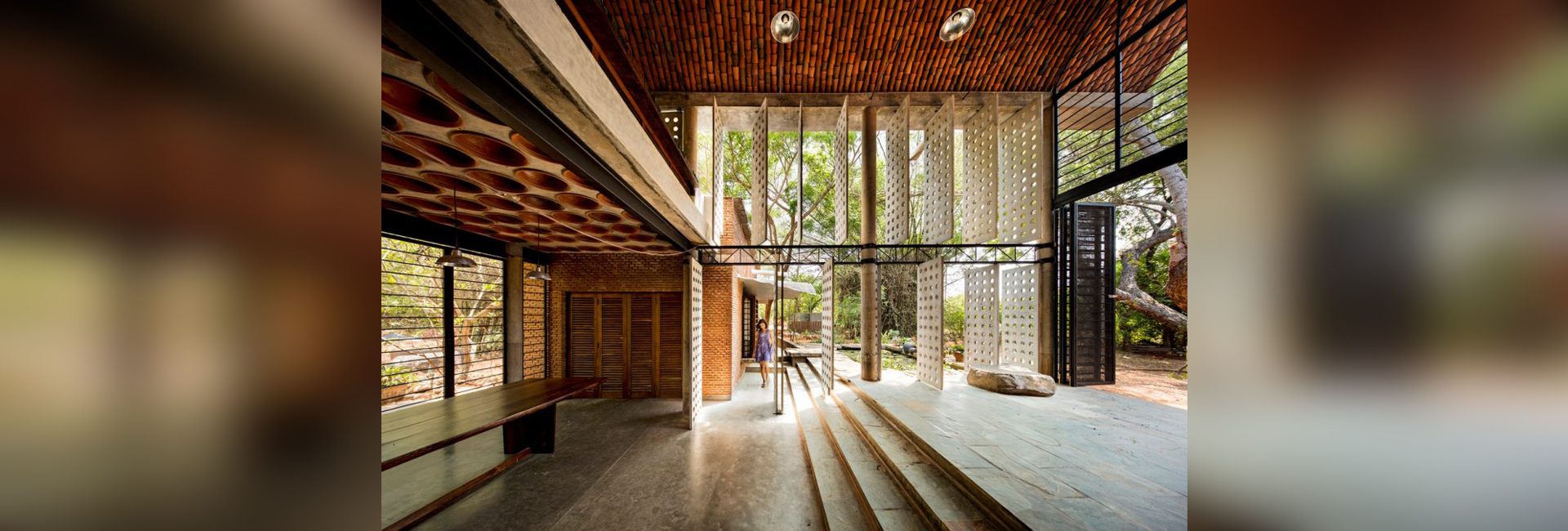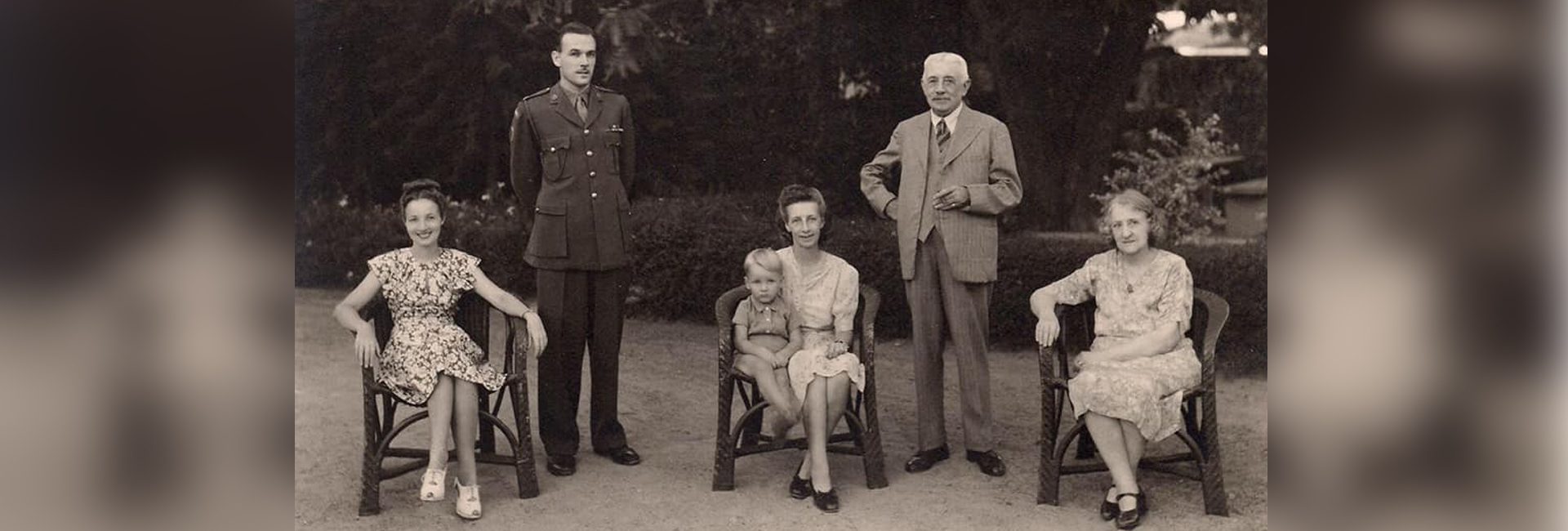(December 19, 2023) In 1993 , Clare Arni hopped into a Maruti 800 with her sister and her son, to begin an 800-km journey along the River Kaveri, starting at the source, Thalakaveri, in Coorg, and ending where it empties itself into the Bay of Bengal, reaching the sea in Poompuhar. Their goal: To document the lives that have flourished around this ancient water body, as it twists and turns its way through the Deccan, morphing into the giver of life at the Kings bathing Ghat, and the keeper of the dead in Srirangapatna, where thousands perform the final rites of their loved ones. In ‘Disappearing professions in Urban India’, a collaboration with her sister, Oriole Henry, the siblings wandered through six of India’s old cities, finding professions that were on the verge of being relegated to annals of history, from mattress fluffers to billboard painters. Straddling varied themes that include architecture, travel, social documentary, and cultural heritage, Clare Arni has spent the last three decades documenting the India Story, in all its varied richness.
From working with celebrated Indian architects like B.V. Doshi, Charles Correa, Geoffrey Bawa and Sanjay Mohe, to documenting remote tribes deep in the Sundarbans, Clare Arni has done it all. Her internationally acclaimed work can be found in prominent galleries abroad and has been featured in publications like The Wall Street Journal, Harvard Design Magazine, Tatler Conde Nast (UK), and Abitare (Italy). Her expansive career includes book publications with top British publishers like Phaidon, Thames and Hudson, and Dorling Kindersley. Clare’s long-term projects document the rich tapestry of life in various Indian locales such as Hampi, Banaras, Northern Karnataka, Rajasthan, Sundarbans, and Orissa.
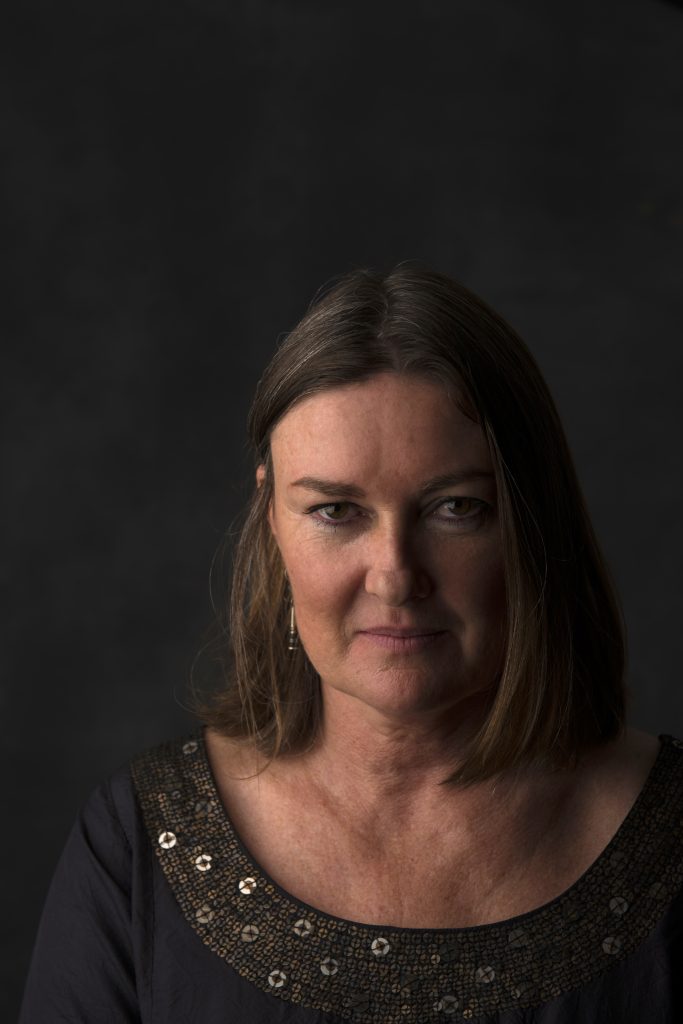
Clare Arni
Early days
Born in Scotland in 1962, Arni arrived in India when her father was transferred here for work. He established the Vikaasa school in Madurai, where Arni also studied until the age of 13, when, she tells Global Indian, she was “rudely uprooted from a place that I considered home and sent to a mediocre boarding school in England.” She followed this up with a degree in art history and film and media in Scotland, but she says, “I returned to India as soon as I possibly could. When I think of the nostalgia of home, I still recollect the bird song and hot winds of Madurai,” she smiles.
Arni returned to India at the age of 22, soon after college, to earn a living as a photographer. Self-taught, she learned on the job, attempting to create as diverse a portfolio as she could manage. “I started with fashion photography and did campaigns for Weekender and Wearhouse,” Arni recalls. “I did any work that came my way, photographing everything from racehorses to chickens, and then making black-and white-prints in my darkroom.”
Architecture calling
Her calling, however, lay in architectural photography. Clare was soon shooting directly for architects, documenting their projects publications and competition entries as well as for architectural and interior magazines. “I worked for many Bangalore architects but also for several projects for Charles Correa, BV Doshi, Geoffrey Bawa and Sanjay Mohe. For Charles Correa I documented the town Of Bagalkot before it was submerged by the dam and the house that he built for himself in Bangalore,” she explains. Apart from many design magazines in India, her images have been published in renowned international magazines like Abitare (Italy) Tatler, Conde Nast (UK) Wallpaper, The Wall Street journal and Harvard Design magazine. Her work is also part of Phaidon, Thames and Hudson and Dorling Kindersley, all of whom are leading British book publishers.
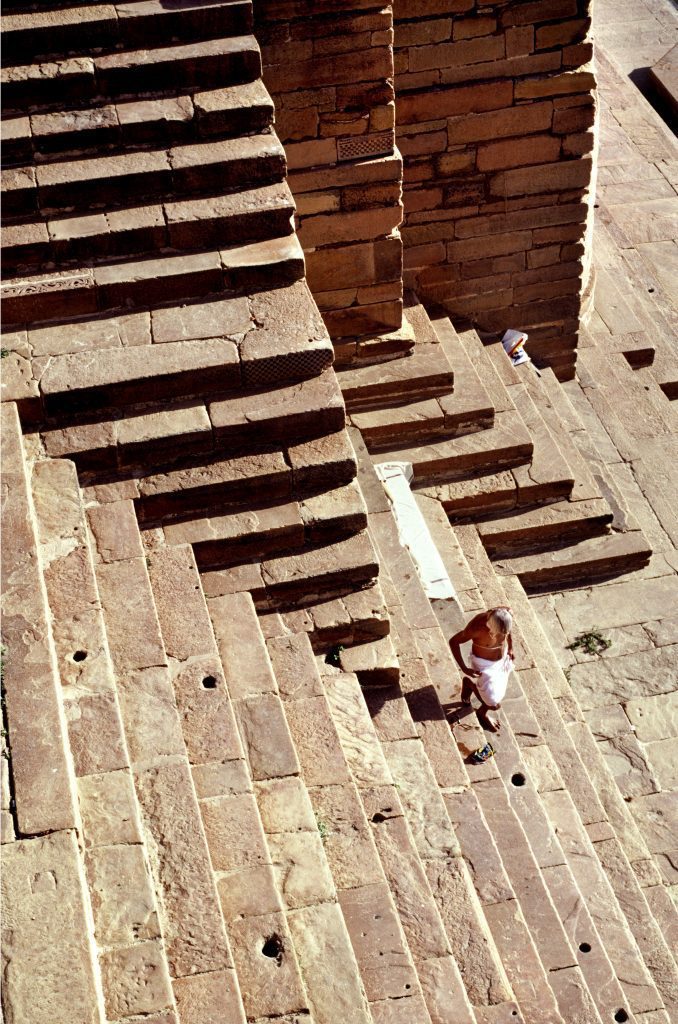
PhotoL Clare Arni
Documenting Stories
She also started shooting longer book projects for writers like George Mitchell. These were rewarding as they allowed her to travel extensively around India documenting places like Hampi, Banaras and Northern Karnataka. “I also worked for NGOs like Welt Hunger Hilfe where I travelled to remote communities in Rajasthan, Sundarbans, and Orissa documenting the work that they had done with self-help groups, women’s empowerment and updating agricultural practices,” says Arni. Her travels have been continuous even after she had her son.
Her Kaveri River project took a full four months, which she spent on the road with her son and sister, documenting the civilisation that had grown and flourished on its banks. “The river became part of our everyday lives walking its banks and swimming in its waters, taking coracles to the bottom of waterfalls, and flying an ultralight to capture it from the air,” Arni recalls. “I have been very lucky as my work and passion was the same and I was able to see and document so much of India.”
Going solo
After all of this she started to have solo photographic exhibitions and it was what she admits was liberating as she could work without clients and create works with total freedom. This is when she began to look at living cultural heritage instead of just built architecture. One of her biggest shows was ‘Disappearing professions in Urban India’, done in collaboration with her sister, Oriole Henry, where they examined historical professions associated with six cities and how they were surviving and adapting to the present day. “It was a wonderful way to get to know these cities,” Arni says. “We wandered through the streets searching for these professions and often found that they had either gone or that only a handful remained to carry them forward. We found mattress fluffers, tinners, hand painted billboard painters and calligraphers. We documented the changing face of single screen cinemas and stand-alone coffee shops that were making way for multiplexes and international chains,” she explains. This exhibition was shown around India and in America.
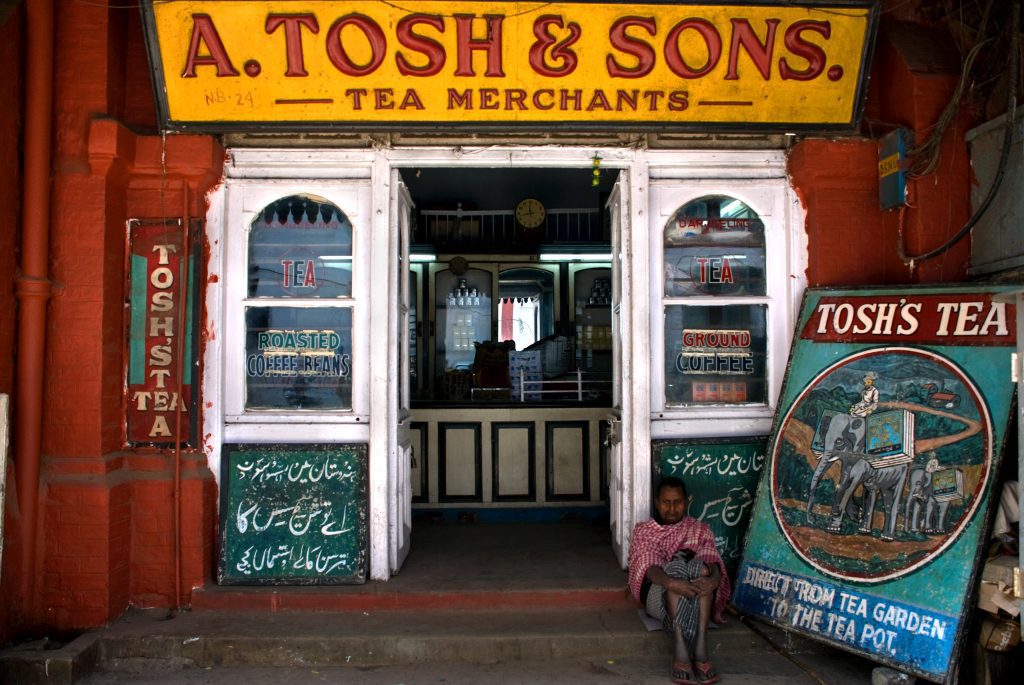
Photo: Clare Arni
A full life
Arni likes to work on long term projects where she gets immersed in the subject over several years. Some of these are ongoing. Some of the new books that she has done are directly with clients where she conceptualises, shoots, and helps with design inputs. She has enjoyed working collaboratively with talented photographers like Selvaprakash Lakshmanan on many of these books. “I have had a rewarding and challenging new direction at this point of my life. I am head of arts programming at a charitable trust school, RBANMS in Bangalore. I am extremely fulfilled working and interacting with these children and am excited by the programs that we are working on together with a host of visiting artists that share their time and skills with the school,” she says. Her advice to newbie photographers is that patience is important and spending time with your subject whatever it may be is key. “Even if you think you have got the shot, stop for a moment and think how else I could do this, experiment and you will get a better shot,” she advises. Looking ahead, she is working on finishing a couple of books, and spending time in the school.
Follow her on Instagram, Facebook
Also Read: Caroline Mulliez: Helping luxury homeowners in India make a profit at The Blue Kite


